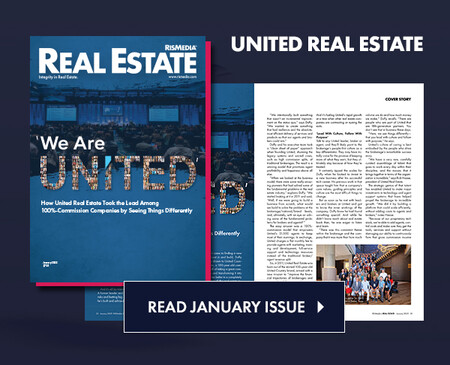RISMEDIA, March 31, 2009-(MCT)-If you are among the huge number of workers laid off in recent months, there is a very good chance you have a 401(k) account to deal with. Call it a good news, bad news situation. Sure, it means you have some money stashed away in an employer-sponsored, tax-deferred retirement account, but figuring out what to do with it requires a lot of thought before taking action.
Everybody’s situation is going to be different and the choice you make could result in a tax bite. “Don’t touch your 401(k) for two months. People are extremely emotional. They just got laid off. It’s not a good time to make a decision. People need to get a plan together,” said David Wray, president of Profit Sharing/401k Council of America.
While rules for 401(k)-type plans vary depending on your employer, there are three basic options to choose from: Avoid a potential tax hit by rolling over a 401(k) directly into another tax-deferred plan, which could be an Individual Retirement Account, qualified annuity or a new employer’s 401(k) plan; Leave it in your existing 401(k) plan but not be able to make further contributions; Or cash it out, which could result a hefty tax bite. For example, if you cashed out a $100,000 401(k) and are under 59 1/2 years of age, you could receive only $70,000 as a distribution. Depending on your tax bracket, the income tax you end up paying on the distribution could be more or less than the 20% that is withheld. “It’s the worst thing you can do,” said Amy Wasser, a financial adviser in the Pleasant Hill office of Edward Jones. “If you cash out, that’s going to be a pretty substantial tax hit.”
Many people do take a cash-out distribution, especially if they are younger and don’t have much money in their account, statistics show.
“This money is designed for long-term growth to meet your retirement needs. You don’t want to make the mistake of making a short-term or rash decision,” said Eric Flett, head of Lafayette-based Concentric Wealth Management.
Overall, 45% of employees with a 401(k) who were laid-off from a job in 2004 took a cash-out distribution, said a Hewitt Associates survey. Another 32% kept the money in an existing 401(k) account while 23% rolled it over into an IRA or other qualified plan.
A 401(k) account can be rolled over into an IRA at any time and there is no income limit on the rollover amount. If you do decide to request a cash-out check from your former employer, you still have 60 days from when you receive the payment to roll the money over and retrieve the 20% income tax that was automatically withheld. However, this requires extra paperwork. With most 401(k) plans, someone who has less than a $5,000 balance cannot leave it in the existing account.
Leaving money in a 401(k) can be an option if you are happy with the investment choices offered, if you expect to be working again soon, or if you are close to retirement age. You can start taking withdrawals or the entire cash balance from a 401(k) plan without paying the 10% penalty tax if you are 55 or older when you were laid off or left a job voluntarily. Keep in mind you still have to pay ordinary income tax.
IRAs provide a much larger selection of investments to choose from compared to 401(k) plan choices. Also, investors have access to professional advice through financial services that offer IRAs. Such advice is typically not available through 401(k) plans. Before doing a rollover, compare any fees that may apply in an IRA or other qualified account with any fees that may exist in your 401(k) in additional investment choices.
While 401(k)s and other investments have seen steep declines during the market slump that started last year, people need to keep in mind that markets have recovered in the past, say experts.
Moving a 401(k) into an IRA can provide an opportunity to re-evaluate long-term savings goals, said Jeremy Hoover, a financial consultant with San Francisco-based Charles Schwab. “The idea of rolling it over is to take a good, fresh look at what your goal is and your time horizon is and not make a knee-jerk reaction and pull everything out of the market and say ‘let’s go to cash,'” he said. “You can think about risk and rebuild your investments.”
Alternatives to Cashing Out
If you move your 401(k) directly into a “Rollover IRA,” your investments continue to grow on a tax-deferred basis while avoiding the 20% federal withholding tax. You’ll pay ordinary income tax only on the amount withdrawn but withdrawals before age 59 1/2 may be subject to a 10% penalty. Penalty-free withdrawals from your IRA are allowed as long as you take “substantially equal periodic payments,” as determined by an IRS formula, for at least five years and until you reach 59 1/2.
Your 401(k) plan may allow you to use your assets to purchase a qualified annuity. Your investments continue to grow on a tax-deferred basis, and you can eventually take payments in the form of a lifetime income stream.
Move your money to a new employer’s plan. You may be able to transfer the funds from your old plan to the new one. You’ll still benefit from tax deferral, and you may like the investment choices available in the new plan.
Leave the money in your plan. Not all 401(k) plans offer this option and you will have to start making withdrawals by age 70 1/2.
Copyright © 2009, The Oakland Tribune, Calif.
Distributed by McClatchy-Tribune Information Services.










